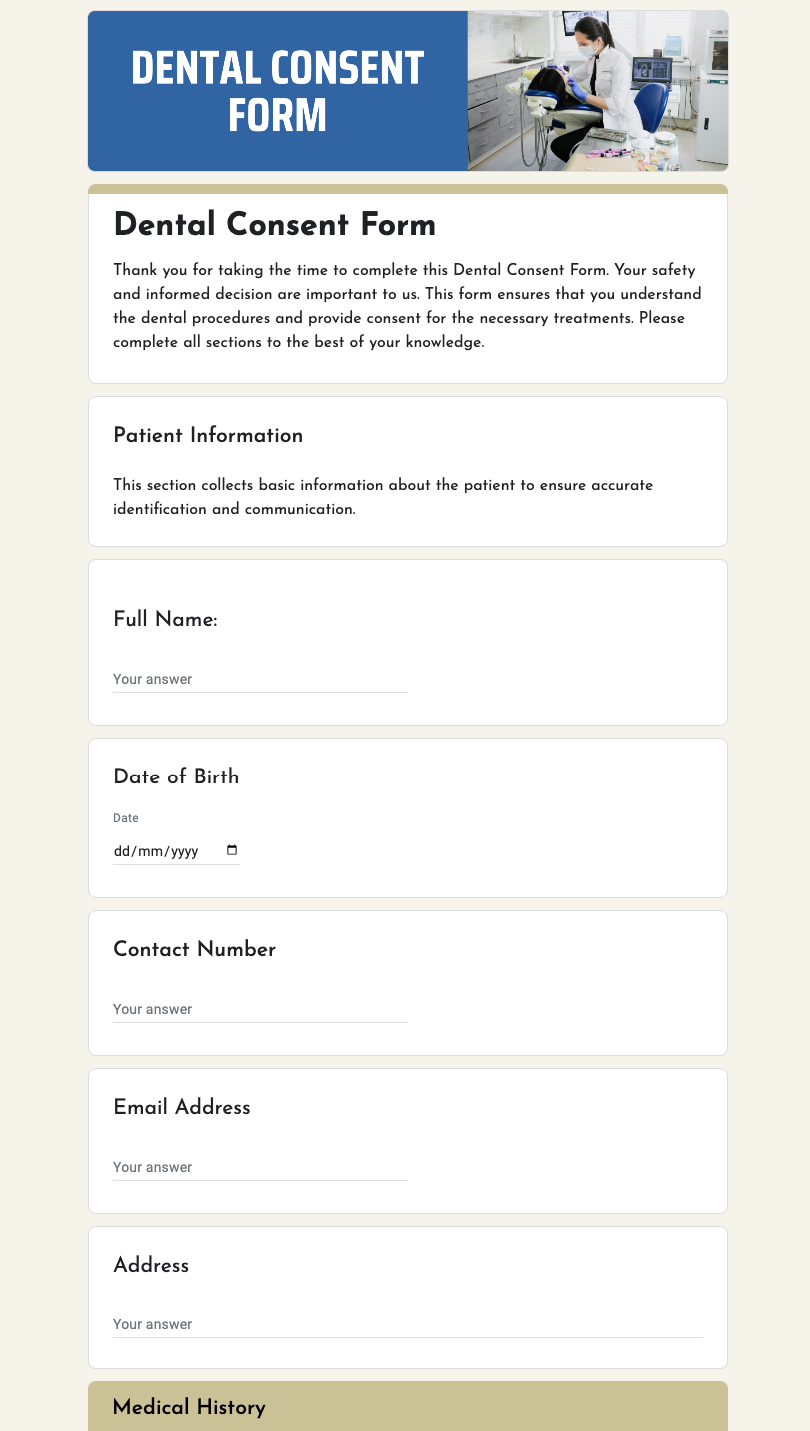Dental Consent Form
FREE
A Dental Consent Form is an essential tool that ensures transparency and trust between patients and dental professionals. By clearly outlining the procedures, potential risks, and patient rights, this form empowers patients to make informed decisions about their dental care. Using a Dental Consent Form not only protects both parties legally but also fosters clear communication and understanding, ultimately leading to a more comfortable and confident treatment experience. Encourage your patients to complete this form to safeguard their well-being and ensure a smooth, worry-free dental procedure.



